America’s massive military advantage nobody talks about: 500+ Refueling Aircraft
- By Alex Hollings
Share This Article
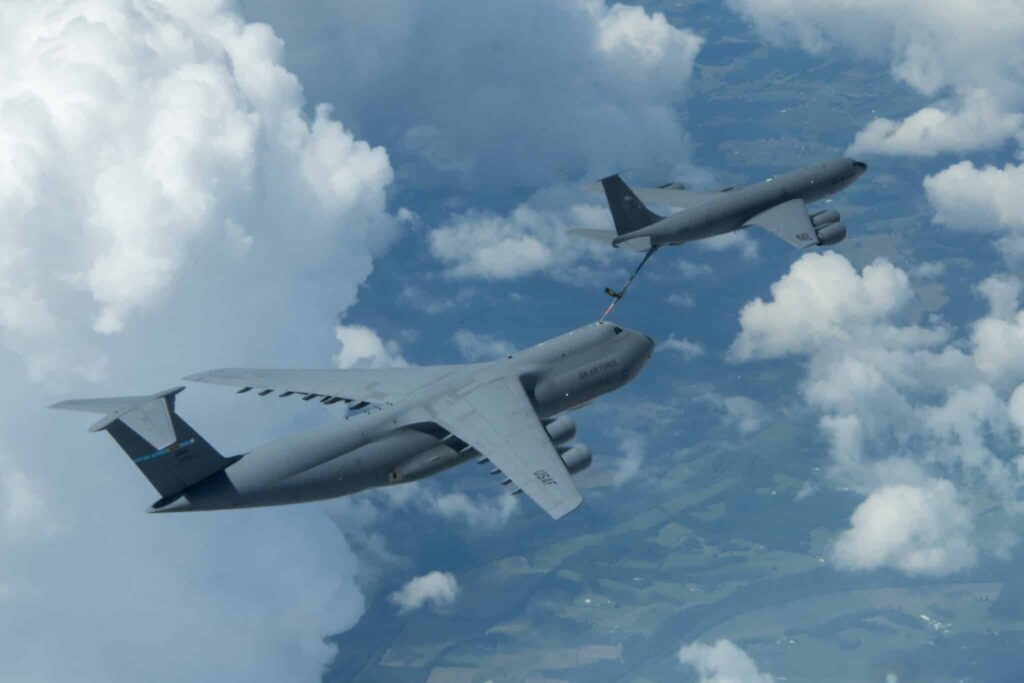
There’s no debate that the United States has the largest Air Force in the world, but when people discuss America’s various military advantages, one of the most important ones often goes unnoticed: the country’s massive fleets of refueling aircraft.
In fact, the United States operates so many refueling aircraft that it not only has far more than any other country… it actually has more than all countries on the planet… combined.
According to the numbers tallied by GlobalFirePower.com for 2023, the United States military collectively operates as many as 568 refueling aircraft — or 546 more than number two, Saudi Arabia, with 22. France and Russia tie for the number three spot with 19 tankers, and Israel rounds out the top five national tanker fleets with just 11.
Related: Fighter pilot breakdown: Aerial refueling
Why are refueling aircraft important? Global reach and a whole lot more
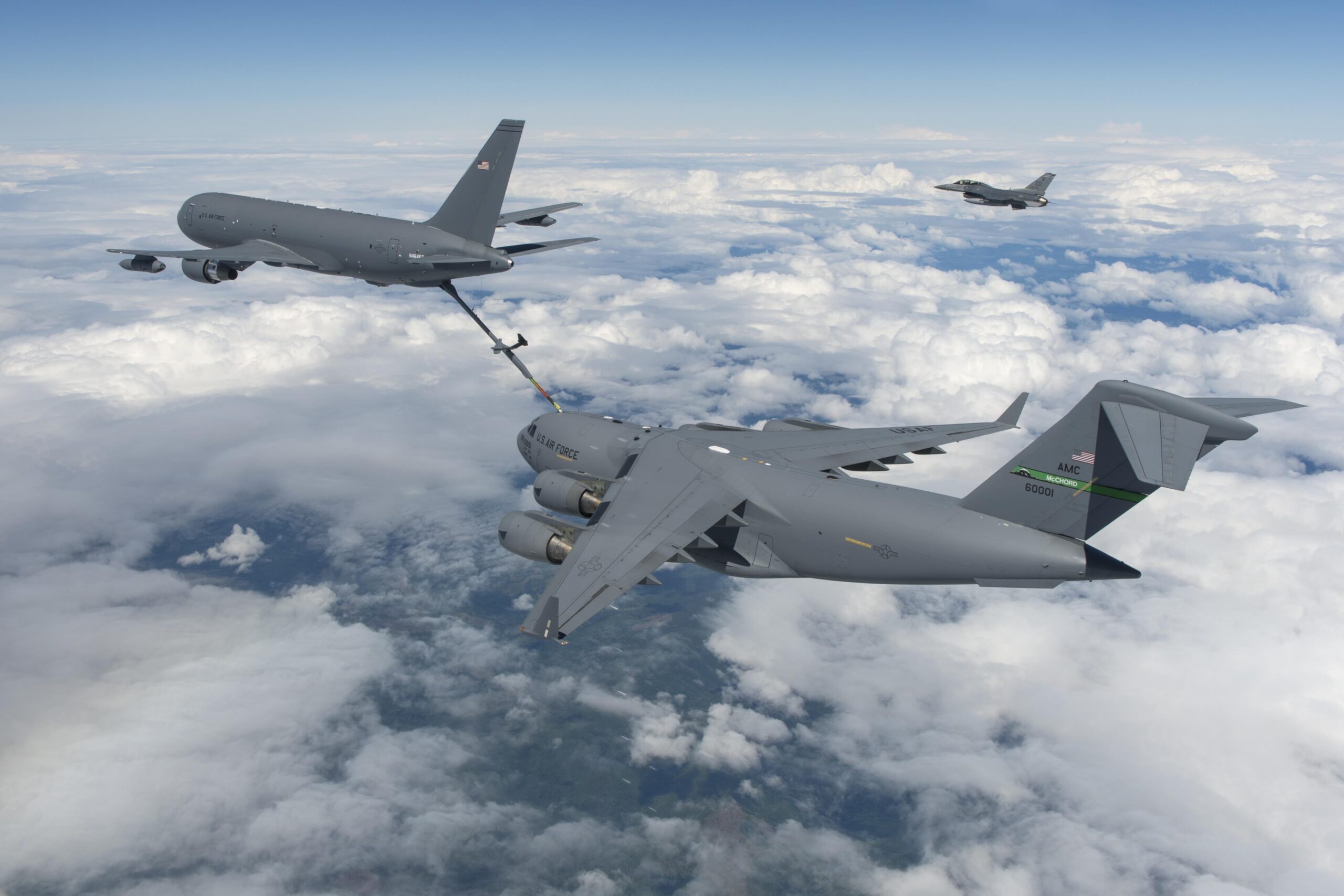
Since the very first days of aviation, aircraft design has required a constant balance between weight and range. Long-distance flight requires mechanically efficient engines, aerodynamically sound aircraft designs, and of course, lots of room for fuel storage.
Prior to the advent of air-to-air refueling, an aircraft’s range was limited by its fuel storage. Today, however, aircraft can often fly until their pilots’ hands go numb, thanks to the ability to top off along the way from a variety of tanker aircraft.
But giving America’s tactical aircraft truly global range is only one of the ways this military advantage manifests. Tankers also allow high-performance fighter jets to remain in the fight for far longer than they’d otherwise be able to.
Related: How a false story about the Air Force’s ‘rogue’ AI took the world by storm
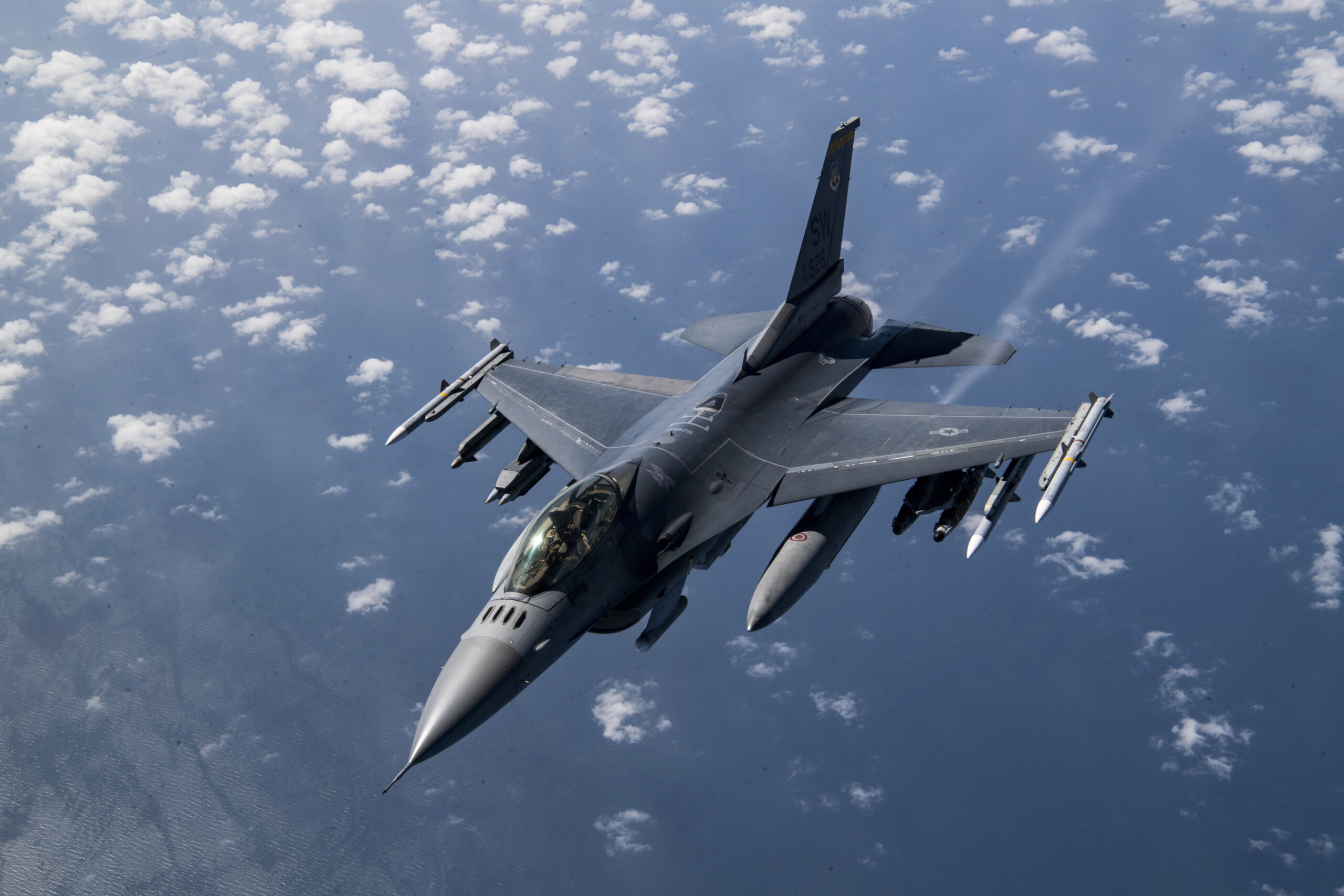
Fighters like the F-16 Fighting Falcon can burn through immense amounts of fuel in a very short time — in fact, as former F-16 pilot (turned current F-35 pilot) Hasard Lee has explained for Sandboxx News in the past, the F-16’s Pratt & Whitney F100 afterburning turbofan engine can burn through up to 50,000 pounds of fuel per hour at full tilt. And considering the aircraft can only carry 7,000 pounds of fuel internally, you can see how that becomes a limiting factor very quickly.
Usually, when an F-16 arrives at a fight, it has no more than about 30 minutes’ worth of fuel before it turns to turn around and head home — that is, unless there’s a tanker nearby to give it a fill-up.
Tanker aircraft can also allow tactical jets to operate from shorter or more austere airstrips by letting them take off with less fuel onboard. When carrying less fuel, the aircraft are lighter, thus allowing them to take off over shorter distances. Then once airborne, tankers can come in to top the jets off.
Related: FARP Operations: Getting fighters back into the fight
What kinds of tanker aircraft does the US operate?
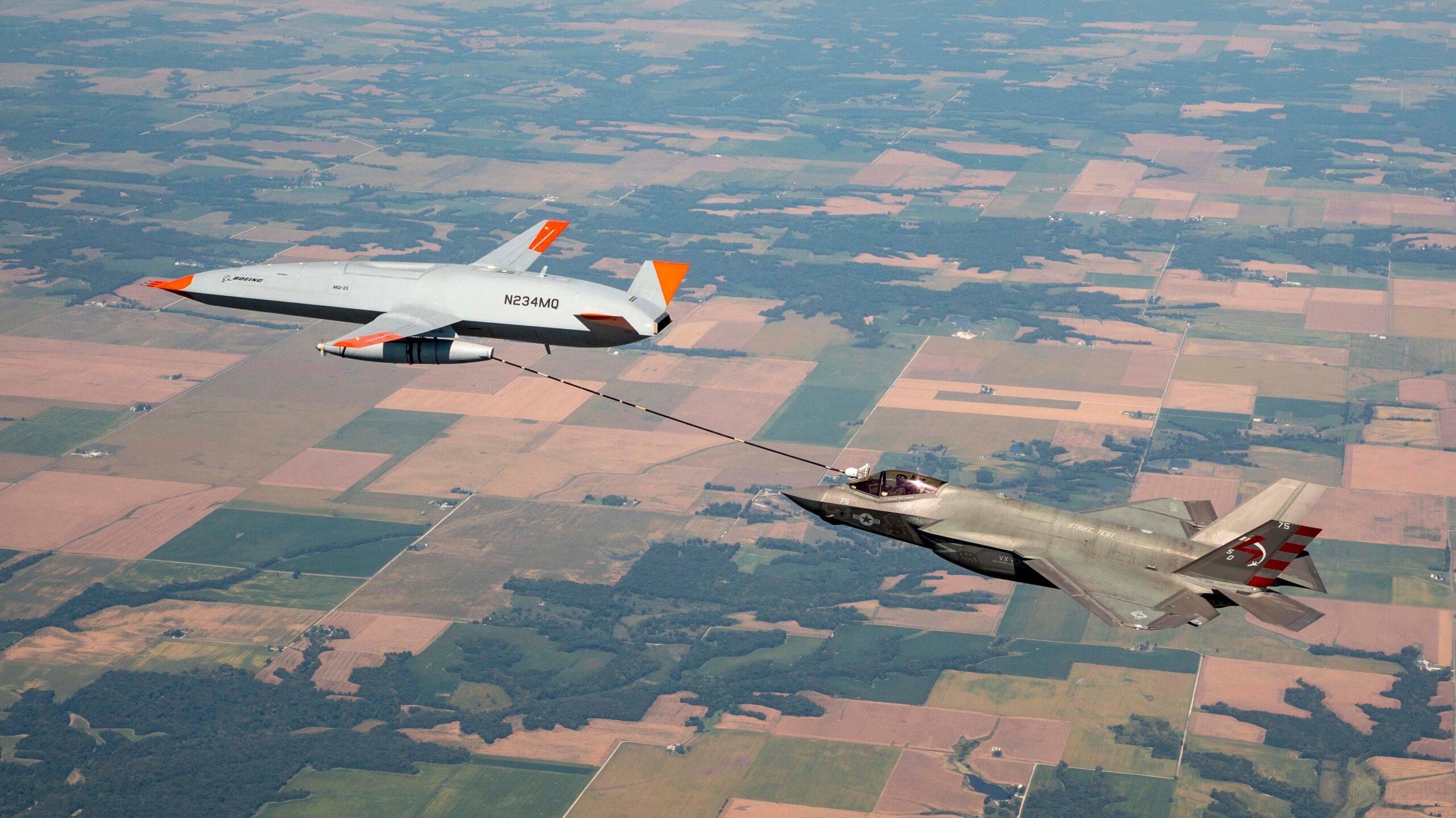
The U.S. operates a variety of refueling or tanker aircraft, including various iterations of the long-serving C-130 Hercules, the KC-10, KC-135, and, as of just recently, the KC-46. But these aren’t the only options for refueling near the fight. The U.S. Navy has also perfected the art of using F/A-18s to refuel other fighters and is currently working to field the MQ-25 Stingray carrier-capable refueling drone with the intent to get it into service in 2026.
The list of refueling or tanker aircraft that the U.S. operates includes:
- HC-130 (Search and Rescue/Refueling)
- KC-10 (Militarized version of the DC-10)
- KC-130 (Marine Corps refueling aircraft)
- KC-130J (Latest iteration Marine Corps refueling aircraft)
- KC-135 (Militarized version of the Boeing 707)
- F/A-18E/F (Fighter aircraft adapted for refueling duties)
- KC-46 (Militarized version of the Boeing 767)
- MQ-25 (Carrier-Capable refueling drone)
Feature image courtesy of the U.S. Air Force
Read more from Sandboxx News
Related Posts
Sandboxx News Merch
-

‘AirPower’ Classic Hoodie
$46.00 – $48.00 Select options This product has multiple variants. The options may be chosen on the product page -

‘Sandboxx News’ Trucker Cap
$27.00 Select options This product has multiple variants. The options may be chosen on the product page -

‘Kinetic Diplomacy’ Bumper Sticker (White)
$8.00 Add to cart

Alex Hollings
Alex Hollings is a writer, dad, and Marine veteran.
Related to: Airpower, Breaking News, Military Affairs
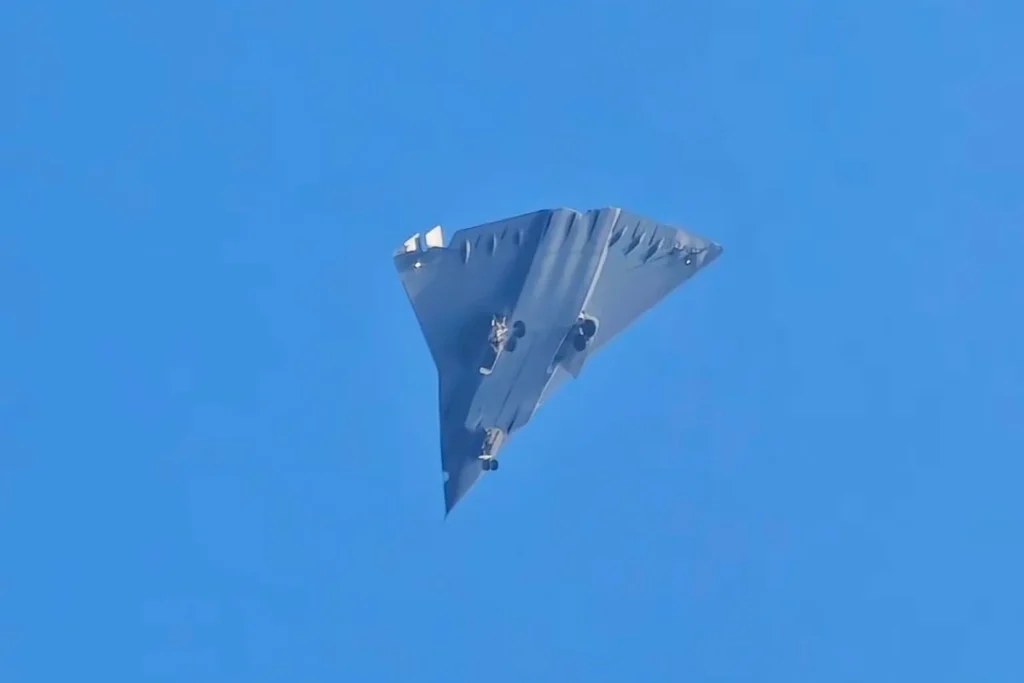
What do we know about China’s new ‘6th gen’ fighters?
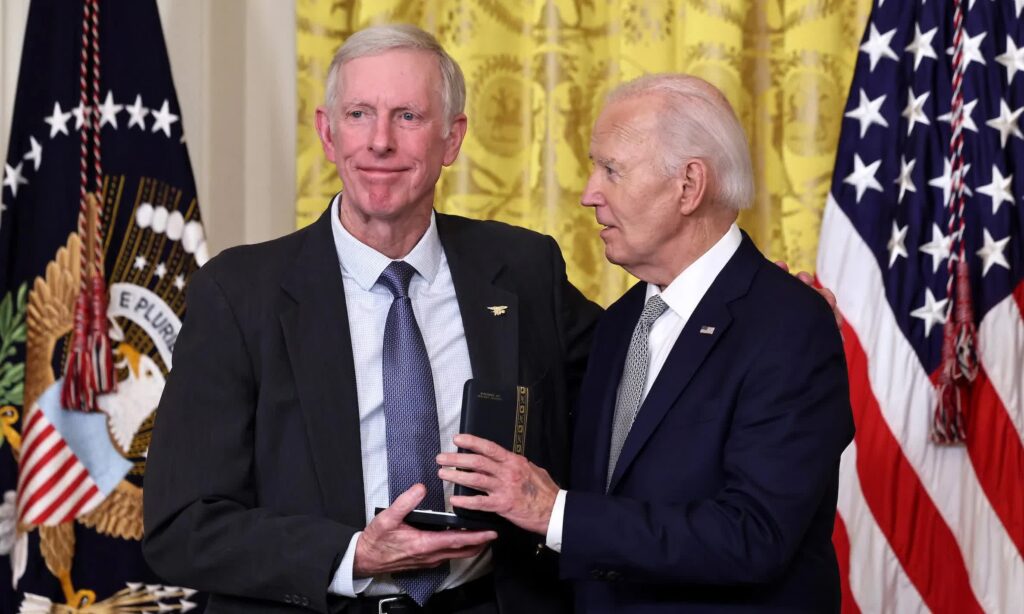
Former Navy SEAL and pioneer combat medicine physician is awarded Presidential Citizen’s Medal
Sandboxx News
-

‘Sandboxx News’ Trucker Cap
$27.00 Select options This product has multiple variants. The options may be chosen on the product page -

‘AirPower’ Classic Hoodie
$46.00 – $48.00 Select options This product has multiple variants. The options may be chosen on the product page -

‘AirPower’ Golf Rope Hat
$31.00 Select options This product has multiple variants. The options may be chosen on the product page -

‘Sandboxx News’ Dad Hat
$27.00 Select options This product has multiple variants. The options may be chosen on the product page
